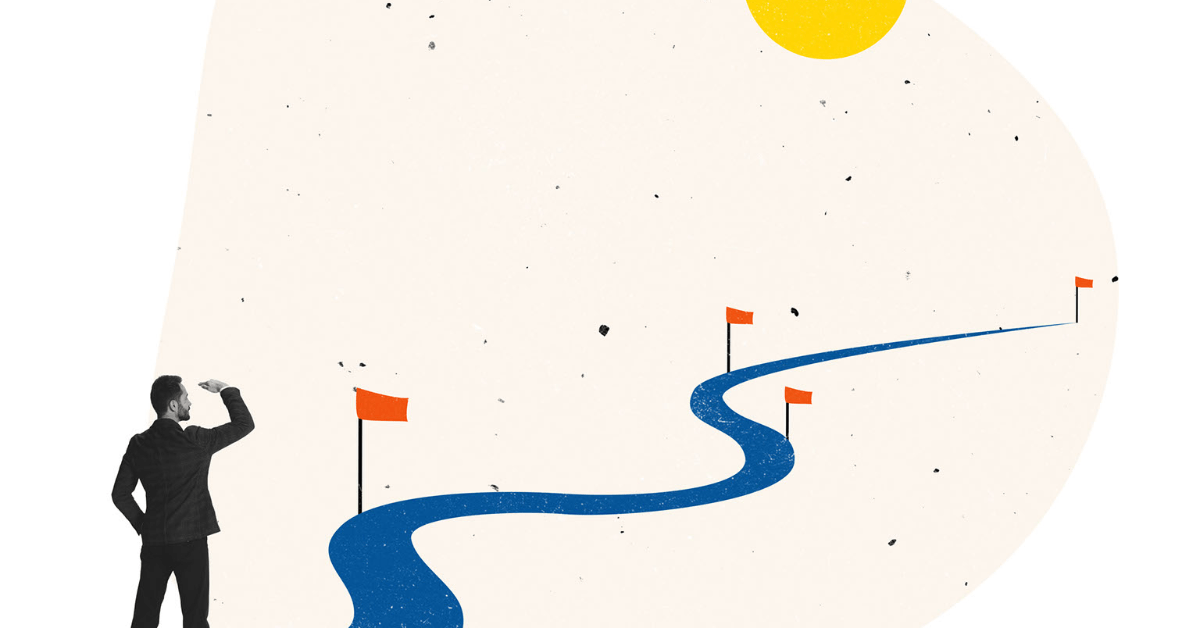Customer Timeline

What is a customer timeline?
A customer timeline illustrates the journey customers embark on whenever they do business with your organization. This adventure begins in the initial sales/leads phase.
From there, you will progress onto a number of different milestones, each with varying levels of difficulty for the business owner. Here is a sample customer journey along with a free tool at the end to help you build your own.
We'll start with milestone #1, also known as the courtship phase.
Milestone #1 Courtship
This milestone occurs when you have finally posted the right blog post or pushed the perfect ad to convince a customer to sign up for a free trial or to ask for a proposal/quote.
If you offer free trials, this is the time to amaze them with your services or product. Be sure to be responsive to all their questions and log all feedback.
The responses you get from customers, good or bad, should be logged in your CRM. Tracking customer issues is a vital part of great customer service.
Don't overlook the importance of documenting customer complaints. They are a free source of great feedback and provide boundless opportunities for process improvement. Wherever possible, encourage customers to let you know exactly how they feel about your product or service.
If you have done well, your customer will move on to the next milestone which in my opinion is one of most fun.
Milestone #2 Onboarding
This is the phase that takes place immediately after the customer has purchased the product or service from you. During this time, customers are still playing around with the new product and in doing so may have additional requests from you.
As a SaaS provider, this happens to me a lot! About 2 - 3 weeks into a client using my CRM they often have questions about how they can incorporate a unique business process into their workflow.
To me, this is a wonderful request because of two reasons. One, it shows me that the customer is actively using my product so they must have found that it meets most of their needs.
And two, it creates an opportunity for valuable feedback that I can potentially use to make my product even better. This phase is truly one of the most fun and potentially challenging times.
But, if you can nail onboarding, you have a high chance of retaining the customer for years to come.
Milestone #3 Ongoing Happiness
Now that you have your customer fully implemented, it's time to keep them happy. This means ensuring services are available as much as humanly possible.
If there will be planned outages due to system maintenance or to apply security patches, let your customers know well ahead of time. In the case of security patches, the need to protect data should always override your promise of 99.99% uptime.
In addition to keeping them informed about anything that could potentially impact their services, you should schedule regular follow-ups with customers.
Now, given how hard it is to get people on the phone, the best way to reach out to customers is via text message or e-mail. In your message, inquire about how they are enjoying your product so far and offer to schedule a phone call with an account manager.
This shows the customer you have not forgotten about them and you appreciate their patronage. In the event the customer doesn't want to do business with you, it's time to transition them to the saddest stage of them all, offboarding.
Milestone #4 Offboarding
Although it's one of the worst pains an entrepreneur can experience, it is vital that you are as gracious and accommodating to a customer when leaving your business as you were when they first onboarded.
It's important to make offboarding super easy for the reasons below.
- Just because they leave does not mean they won't come back - People cancel services for all kinds of reasons. And none of these may have anything to do with how you treated them; maybe their funds were just low. Treating people right when want to depart your business leaves the door open for them to return.
- People talk - Most humans are way more inclined to leave a negative review than a positive one. As such, you should not make ending services hellish for anyone...even if they deserve it. Your reputation matters in the business world and one bad Google review could deter a lot of money for your business.
- You want as many referrals as possible - No amount of website testimonials is more impactful than a real-life person recommending your product to a friend or colleague. Great service tends to produce many referrals that help drive and convert customers better than any ad campaign ever could.
- It's the right thing to do - Treating others the way you want to be treated applies to business as well as your personal life. We have all had to cancel a service or two. It really isn't anything personal in most cases; sometimes the product no longer suits the person for whatever reason.
Milestone #4 sucks, and I hope you don't have to experience it too often. If you want to create your own customer timeline, use my free customer timeline generator below.
- Free Paystub Generator
- Heloc Calculator
- Free Customer Journey Builder
- CRM Cost Calculator
- Employee Onboarding Automation
- Cleaning Business Name Generator
- Alternatives to Project Management
- Rent vs Sell Calculator
- Sprint Names Generator
- Credit Card Fees Calculator
- Mortgage Recast Calculator
- PTO Accrual Calculator
- AI in your mouse? ChatGPT and Logitech
- How Much RAM do I need, really?
- Bakery Name Generator
- How to Verify Salesforce Certifications
- Job Offer Letter Maker
- Salesforce Certified Admin Practice Exam
- Shortcuts That Make You More Productive
- Click Through Rate Calculator
- Tree Removal Cost Calculator
- Tattoo Tip Calculator
- Essay Title Generator
- Spotify Royalty Calculator
- Deadline Calculator

Posted by: Matt Irving on 01/22/2022